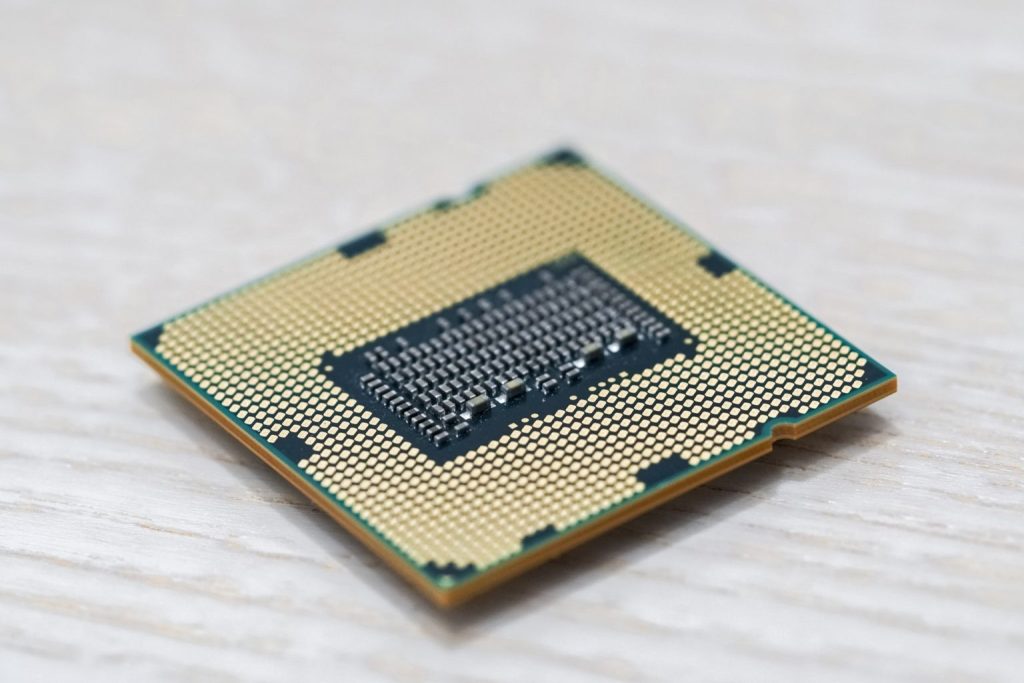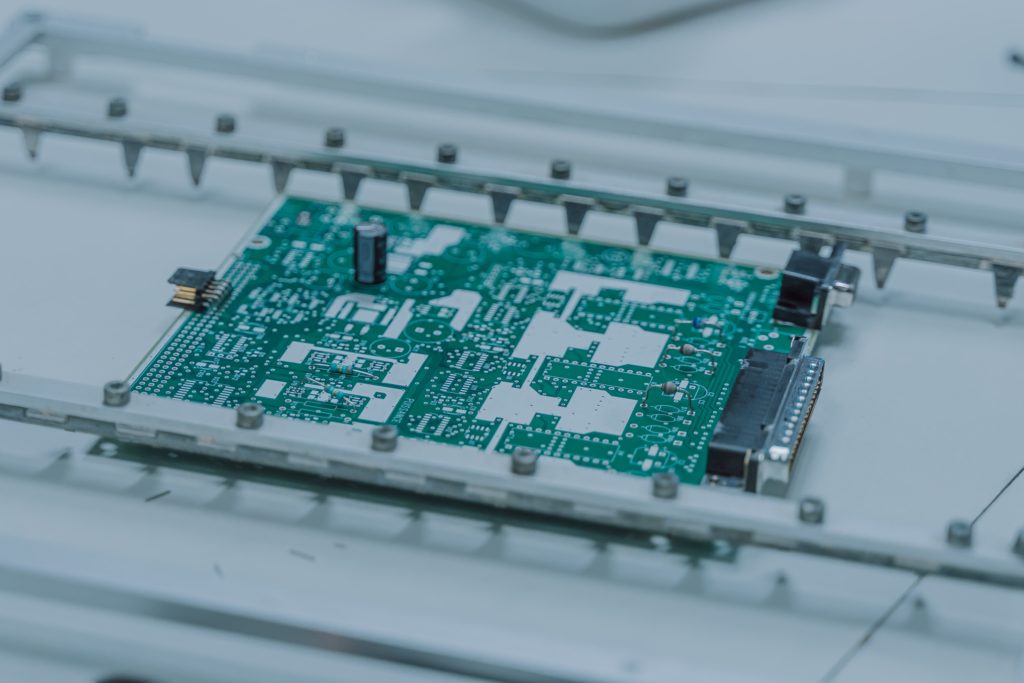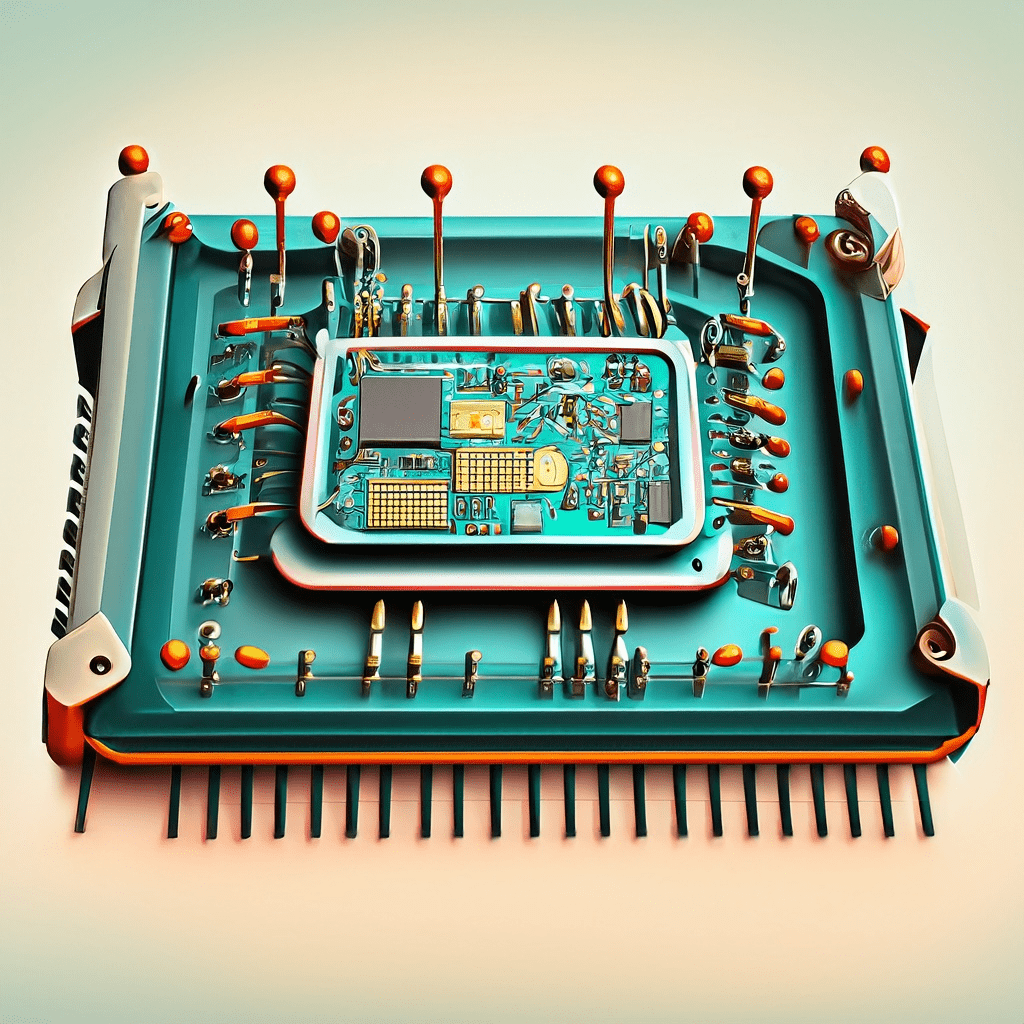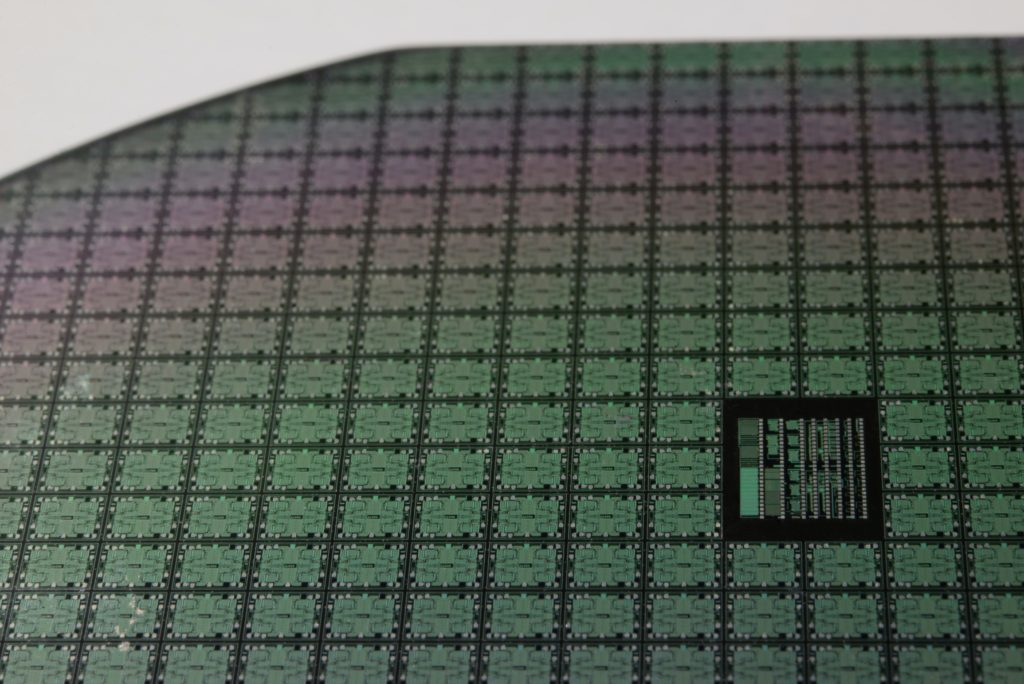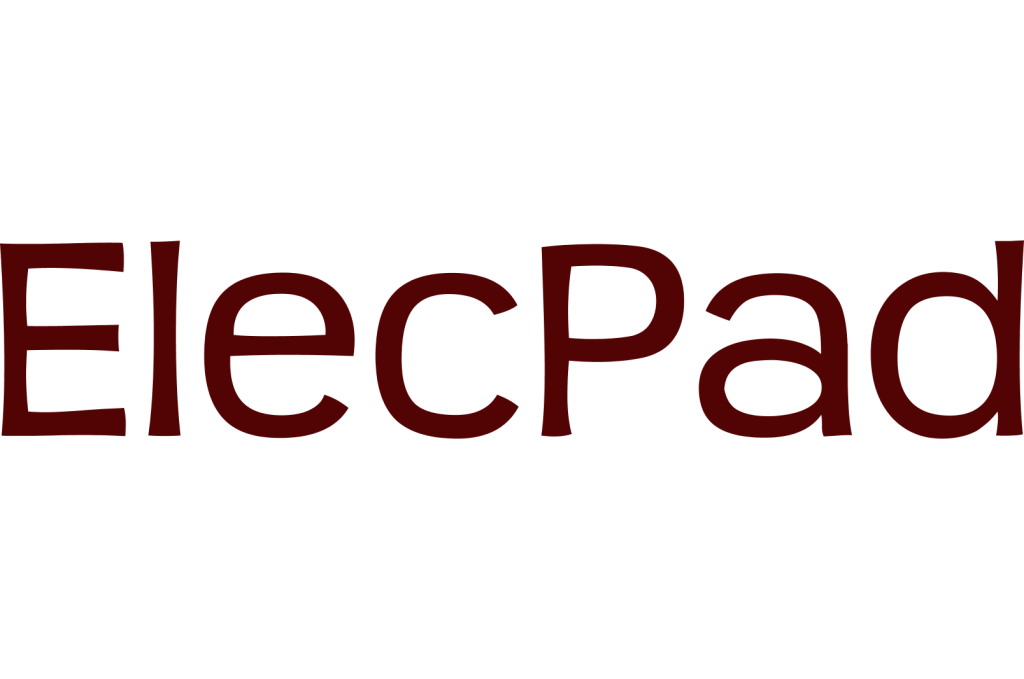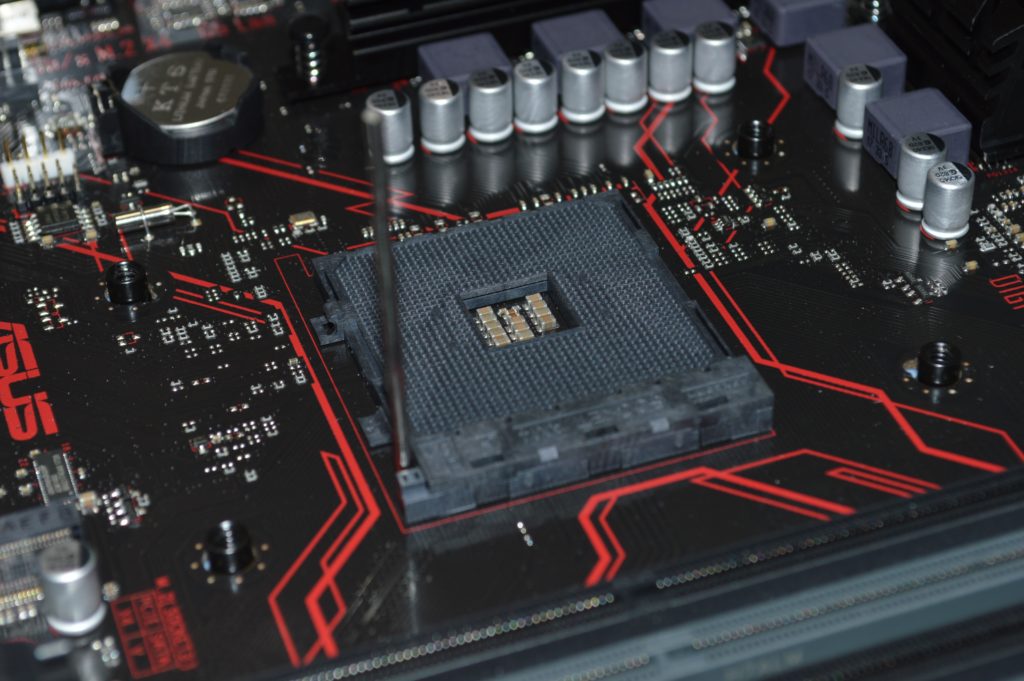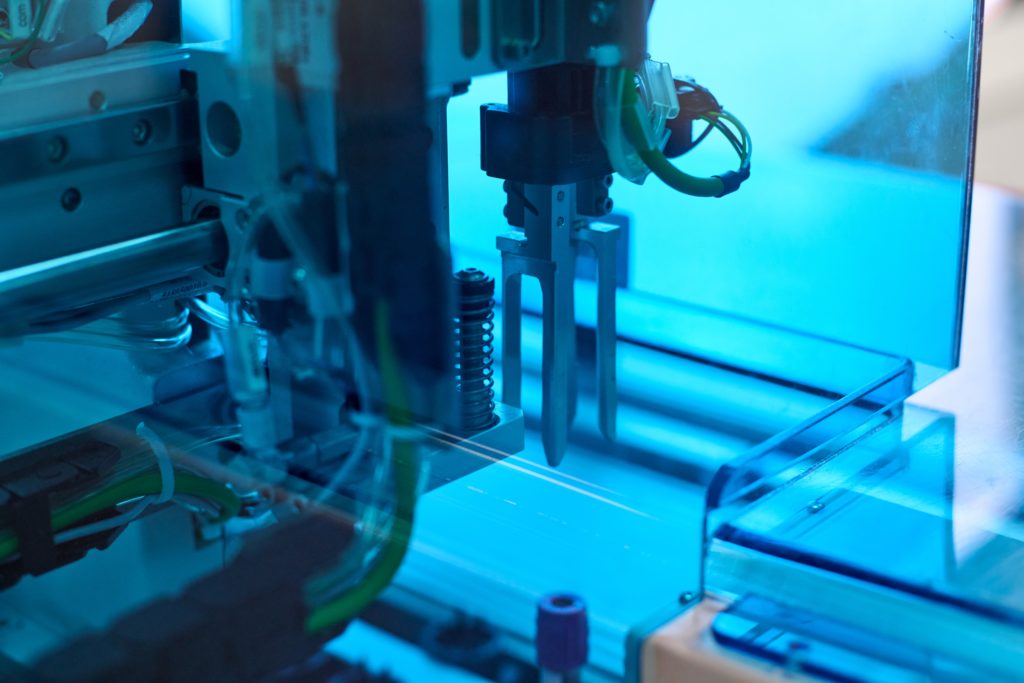Photo by Edwin Andrade on Unsplash
Congress passed the CHIPS And Science Act a year ago. Since then, many positive activities have rightly shaped the future of the U.S. semiconductor industry.
It is valid for all the critical pillars of the semiconductor industry. Right from an increase in semiconductor-focused research, aligning education requirements with semiconductor industry needs, building and expanding semiconductor FABs, and re-skilling the workforce to bring them on board the semiconductor industry.

Out of all these critical semiconductor pillars, the one that will empower the future of the U.S. semiconductor industry the most is the semiconducting education and the workforce.
As per the joint report of the Semiconductor Industry Association (SIA) and Oxford Economics, close to 67,000 jobs will only go unfilled by 2030 across semiconductor manufacturing and design in the absence of any corrective measures.

Fortunately, Congress passed the CHIPS And Science Act at the right moment with greater emphasis on semiconductor education and workforce training. With close to $200 billion allocated to creating workforce-related programs. As an example:
Creating new institutes, like the National Semiconductor Technology Center, will focus on workforce and training institutions apart from making the right platform to move semiconductor innovation forward.
Development of the National Advanced Packaging Manufacturing Program, which will enable cross-collaboration between industry and academia to deepen the research activities along with training workforce to align with future requirements
CHIPS for America Workforce and Education Fund will help develop a domestic semiconductor workforce to mitigate the near-term labor shortage by utilizing the programs under National Science Foundations.

Due to such support from the CHIPS And Science Act, several universities and state bodies across the U.S. have kickstarted semiconductor programs to attract students into semiconductors as an education and career option.
As an example:
Arizona State University is working with industry to create the correct set of future workforce and has also developed a certification program for students and professionals.
CHIPS And Science have also helped Purdue University offer a range of semiconductor and microelectronics-focused courses and exclusive degree programs, including collaboration with upcoming international regions like India, which accounts for more than 20% of the global semiconductor workforce.
The state of Michigan is building a semiconductor workforce by investing in programs to bring Pre-K-12 and postsecondary students to careers in Science, technology, engineering, and math (STEM) fields.
The University of Arkansas is constructing the first-ever national Multi-User Silicon Carbide Research and Fabrication Facility, which will train the workforce to focus on SiC technologies that will power EVs and other applications requiring energy-efficient silicon chips.
Northwestern University has also started a Master’s program with a semiconductor specialization by creating coursework around VLSI, Computer Architecture, Algorithms, and various other semiconductors-focused courses.
Purdue University has also created the first-ever Virtual FAB LAB that will speed up the training and onboarding of entry-level semiconductor professionals.
Ohio State University is leading the new interdisciplinary Center for Advanced Semiconductor Fabrication Research and Education in collaboration with ten in-state colleges and universities.
Arizona community colleges have created a curriculum to focus on training future technicians.
SEMI has also created virtual courses to drive continuous education around semiconductor
Arizona State University has partnered with Applied Materials to create a Materials-To-Fab (MTF) facility.
NXP Semiconductors, ASU, and Advantest have collaborated to train the semiconductor testing workforce, which plays a crucial role in bringing the silicon chip to life
The commonwealth of Virginia (VDEP) and Virginia Tech are adapting to meet the demand for producing highly-skilled workers in the semiconductor industry. [Updated on 02/14/2024 – Credit Andrea Hill]

Even on the research front, NSF has already awarded numerous contracts and funds to spearhead semiconductor research, helping universities, faculties, and graduate students focus on much-needed research solutions. From process nodes to physics that make up the semiconductor EUV equipment. All of which will feed into the US’s existing and upcoming semiconductor manufacturing facilities.
The semiconductor industry workforce requires a mix of technicians, bachelor’s and master’s degree holders, along with Ph.D. holders to drive research activities.

To continually train and fill the gap, the universities are already developing educational programs and semiconductor-focused educational systems to build the American semiconductor workforce, all due to the focus created by the CHIPS And Science Act.
Slowly but steadily, these measures will bridge the gap between the demand and supply of the semiconductor workforce. By 2030, there will be near-perfect harmony between industry requirements and academic training programs.


